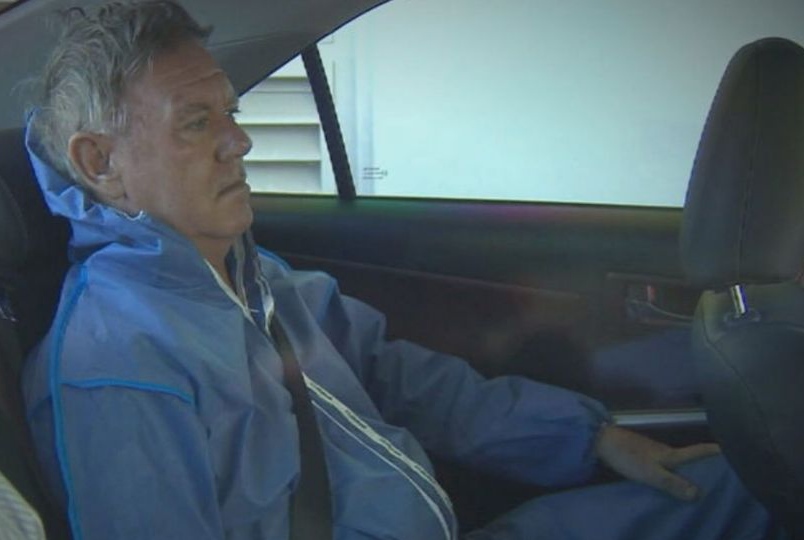Retested DNA evidence found on the weapon, according to a man convicted of killing his wife with a hammer, would have been of “extreme importance” to the jury in his trial.
Following a trial in 2021, Queensland man Andrew John Cobby was found guilty of beating and strangling his estranged wife Kym, 51, in November 2017 outside her home in the Gold Coast hinterland.
In his self-represented appearance before the Brisbane Court of Appeal on Tuesday, Cobby spent many hours outlining six reasons why he believed his guilty judgment should be overturned and that he should be granted a new trial.
“Any and all new evidence is extremely important, especially when it comes to forensic DNA.
How would the jury evaluate the material that is already in front of them? That verdict is up to the jury,” Cobby stated.
Cobby claimed that a second DNA test on the hammer, which was used in court as the murder weapon, raised questions about its connection to the man Cobby was living with at the time of Cobby’s death.
Cobby offered the appeal court other images of the hammer, claiming that they corrected his housemate’s description of its color and shape.
Cobby, who was 59 at the time, received a life sentence for what Judge Peter Callaghan described as an egregiously planned and heinous crime.
Although they had lived apart for the most of the time until 2003, he acknowledged being present when the woman he had married more than three decades previously was attacked, but he denied any responsibility for it.
Rather, Cobby reported to the police that his wife was killed by an unidentified assailant who ambushed him just as he was going to get into a red Chrysler he had borrowed.
Matthew Hunt from Queensland Health Forensic and Scientific Services DNA analysis section stated in the appeal hearing that since the hammer and other exhibits were analyzed, the testing process has been refined.
“The fact that we have more confirmed information and also the changes to the program have caused the new analysis to be different to the previous one,” Hunt stated.
The new DNA results for the hammer, which showed that Cobby’s housemate’s DNA was not present on the hammer, were not significantly different from the evidence that was shown to the jury during the trial, Philip McCarthy KC informed the justices of the appeal.
“The evidence has largely remained unchanged … one of the probabilities we are looking at is in the millions and millions for the likelihood someone was a (DNA) contributor,” McCarthy stated.
McCarthy claimed that additional fresh DNA evidence strengthened the prosecution’s case since it was now highly likely that Ms.
Cobby’s DNA was on the claw of the hammer.
“The reliance of the Crown on the hammer is one strand amid 13 strands of evidence, one of which being that Cobby’s clothing was saturated with the blood of his wife,” McCarthy stated.
Appeal Judge Debra Mullins declared that the court would hold off on issuing its ruling until a later time.





